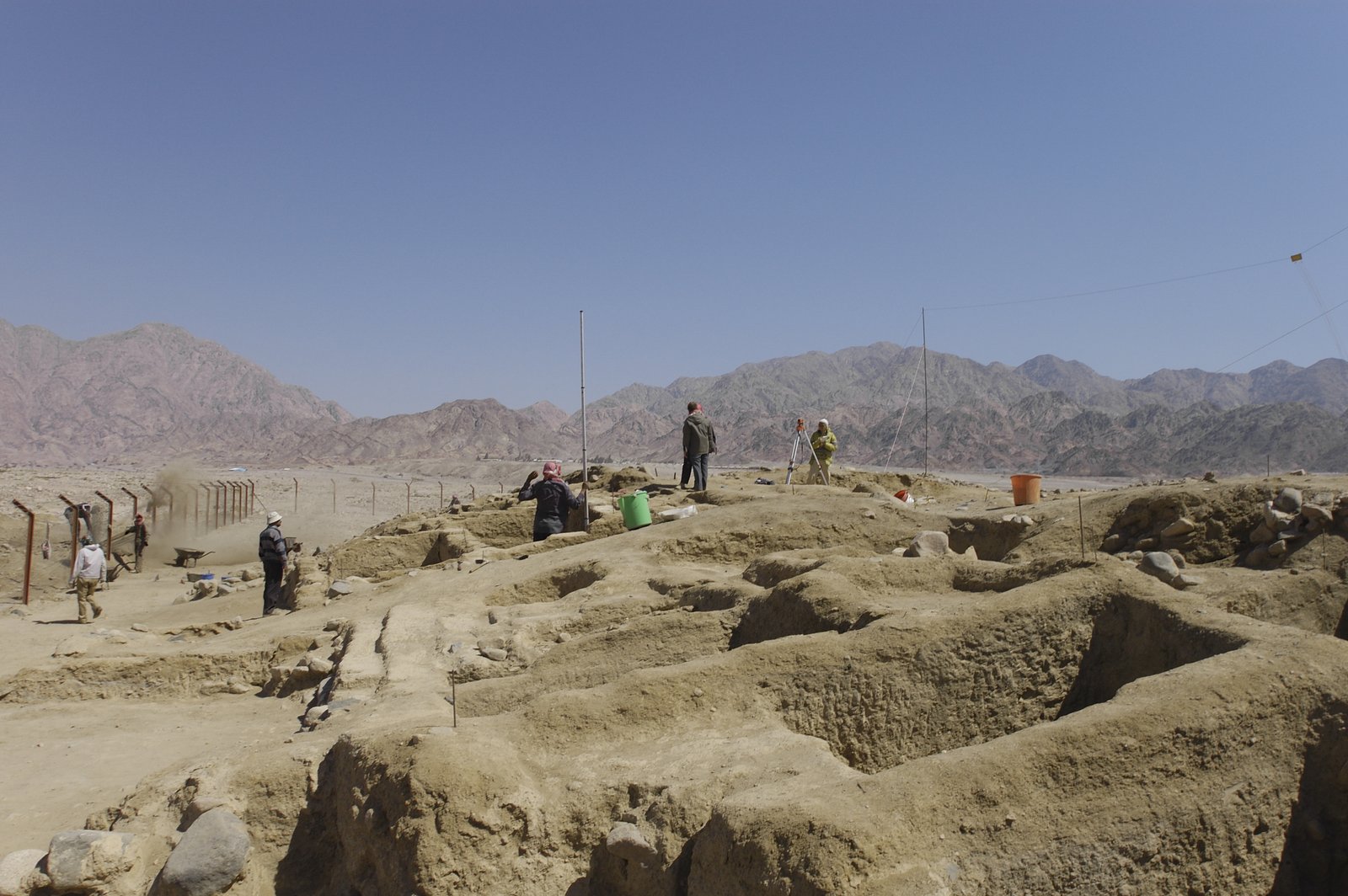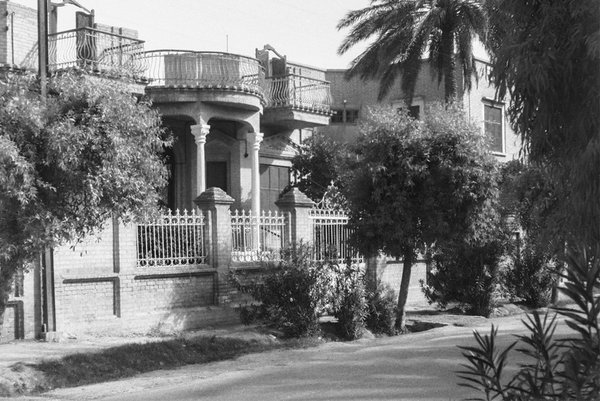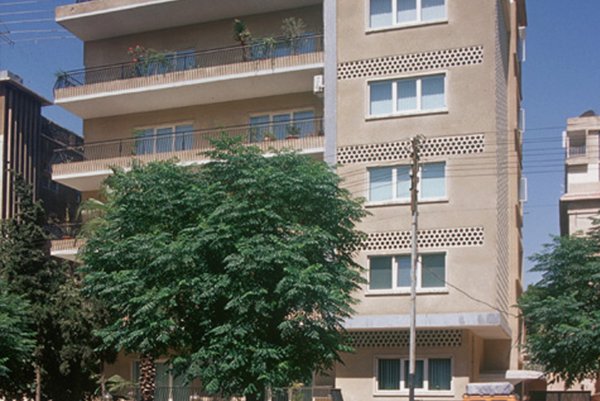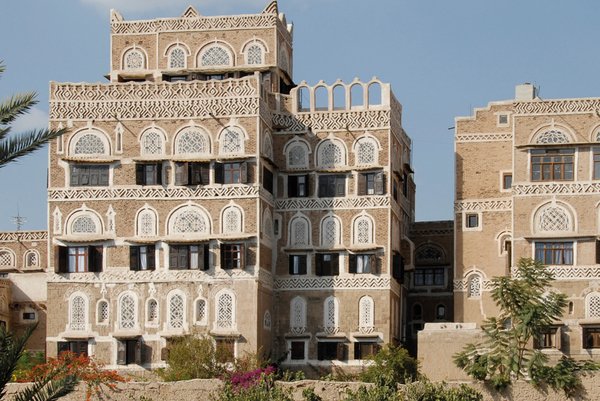Research Infrastructures of the Orient Department
About us
We explore the archaeology and history of Southwest Asia to the south of Türkiye and to the west of Iran, including the Arabian Peninsula. The region, especially that of the so-called Fertile Crescent, distinguishes by highly relevant and particularly early innovative developments in its culture history. Our research therefore focusses on the cultural and political systems of the Ancient Near East and its neighbouring contact zones in a period lasting from the 10th millennium BC to the present day. Through time, global intercultural exchange has impacted the local fabrics of societies. This impact becomes apparent at almost all sites excavated by the department. In particular methods of assuring subsistence in arid and semi-arid regions as well as organising human coexistence are analysed in their different regional and chronological appearances. Forms of sedentism and their social individualities as well as cultural relations between ancient societies of Southwest Asia and its neighbouring regions form a further focus of research.
The Orient Department has been dedicated to the archaeology of this vast region since 1996. This was when it was created as a merger of the Baghdad Department (est. 1955) with the branch offices at Sana'a (est. 1978) and Damascus (est. 1980). Since then, the Orient Department has held a leading position in the research of the archaeology of Southwest Asia with among others special awareness for issues relating to sedentarisation, urbanisation, and intercultural exchange.
How we are organised
With regard to research and administration, the Orient Department is headed by a first and a second director. Its headquarters are in Berlin from where it operates three branch offices respectively base in Baghdad, Damascus, and Sana'a, but also a research unit in Amman, and an office in Aksum, Ethiopia. A departmental administration assists in all managerial tasks. A scientific advisory board counsels the department in its research orientation and organisation in terms of content.
Colleagues from different scientific and scholarly disciplines carry out research projects and fulfil service duties within the scientific infrastructures. The individual constituents of the infrastructure are overseen by competent technical personnel. Click here for an overview of our employees.
The department's library echoes particularly well the history of the Orient Department. Intended as a working tool for scholars from all over the world who carry out their research at the department's venues, the library with its different specialities stretches out over the department's four localities.
The archive of the Orient Department preserves the excavation records of his own projects as well as the legacies of outstanding scholars of Near Eastern antiquity and Islamic art history.
The chief function of the photo library is to record the photographs of the department's own excavation projects. It thus maintains the department's both physical and digital image archive. The core of this archive is the Uruk-Warka archive which, under the former Baghdad Department, developed after 1912, but also the partly historical image holdings of the various long-term projects conducted by the department and its branch offices.
The editorial team is in charge of one periodical, several series, as well as occasional, individual publications edited either in Berlin or at the branch offices in Baghdad, Sana'a, and Damascus.




